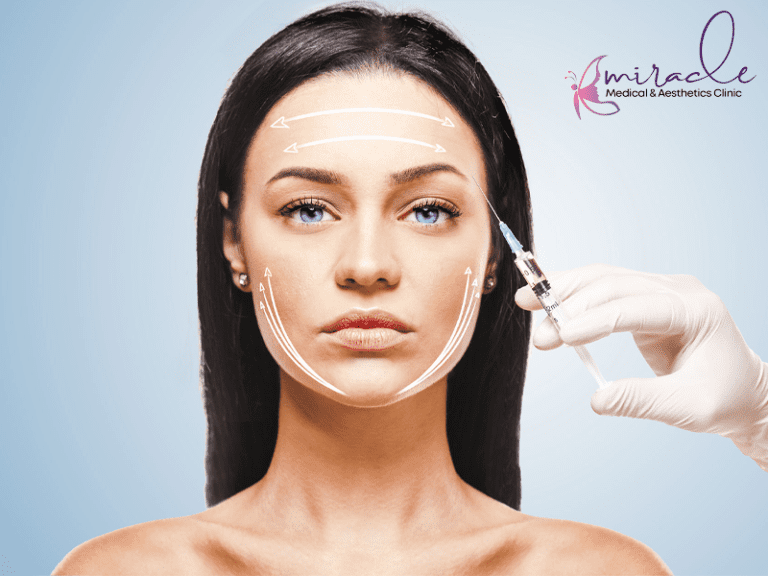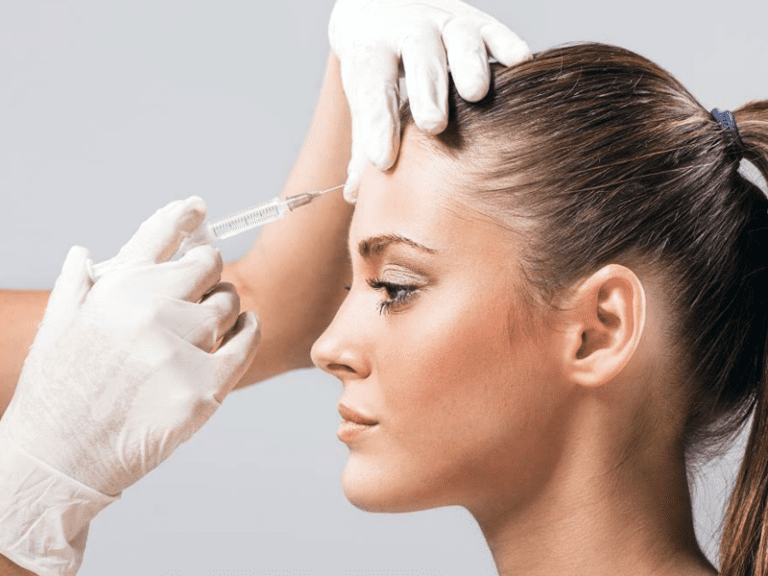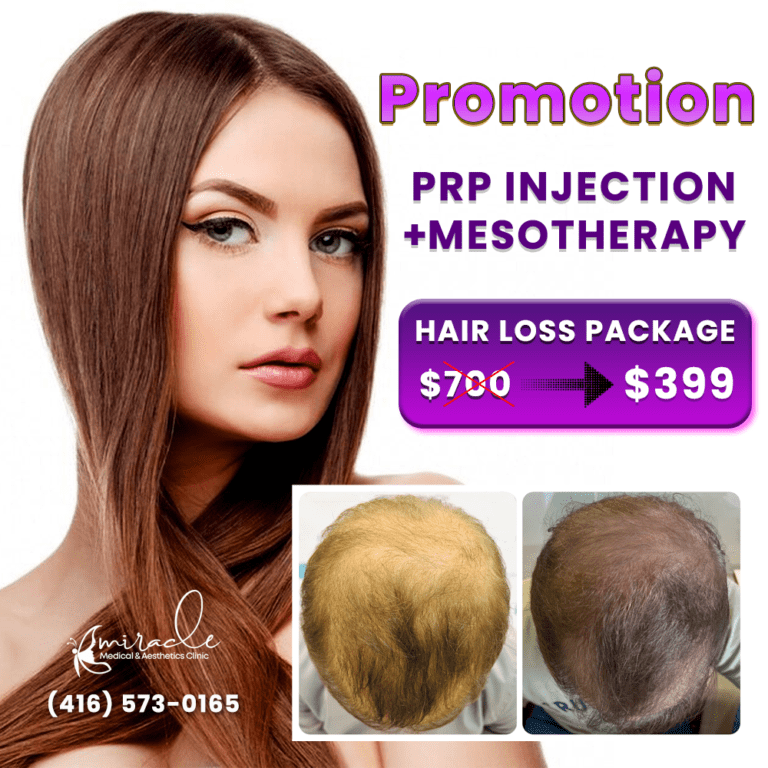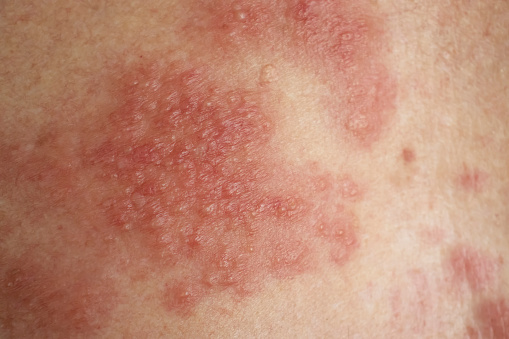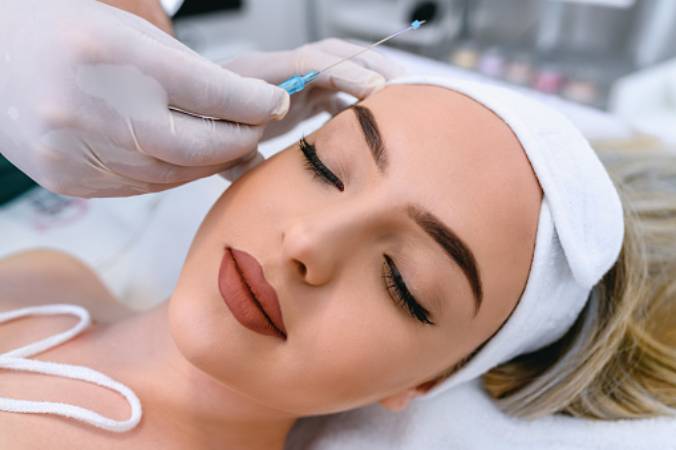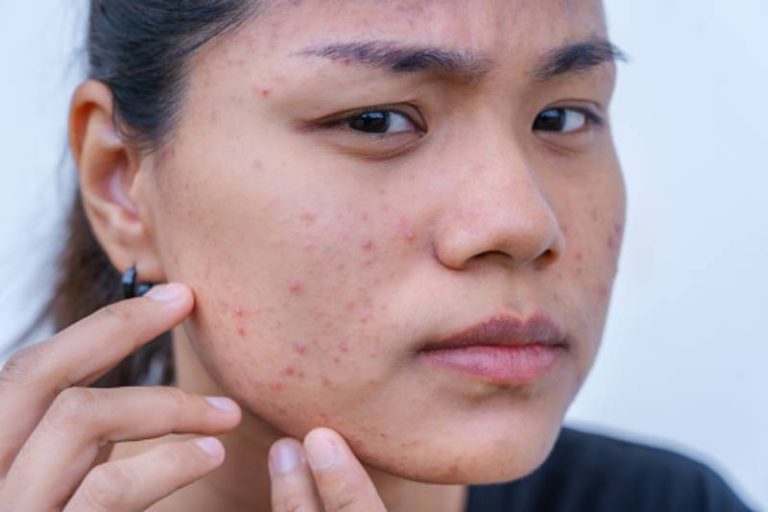PRF Injections
Is it hyperbole to say that Kim Kardashian getting a “vampire facial” on Keeping Up With the Kardashians was a beauty cultural reset? You might think so, but I believe that single facial introduced the world to a variety of blood-adjacent procedures. One you might have on your radar is PRF injections. Like a vampire facial, this procedure involves using your own blood to help treat a number of concerns, including under-eye bags, wrinkles, sagging cheeks, and jowls.
We spoke with two board-certified facial plastic surgeons and a dermatologist to get all the info about PRF injections.

What Are PRF Injections?
In simple terms, PRF injections use your own blood to help rejuvenate your skin, especially in the under-eye area. We’ll get into more detail later, but PRF bears some similarities to the popular PRP treatments athletes sometimes undergo for injuries. Double board-certified facial plastic surgeon Dr. Michael Somenek goes into more detail. “Platelet-rich fibrin (PRF) injections are essentially a form of undereye fillers,” he says. “They’re considered the next generation of platelet-rich plasma (PRP) treatments, which are usually used to aid sports injuries. PRF is an autologous blood concentrate that uses your blood to help rejuvenate your skin.”
“In a PRF procedure, blood is drawn from the patient and centrifuged at slower speeds than in a PRP (platelet-rich plasma) procedure,” board-certified dermatologist Dr. Brendan Camp adds. “The absence of an anticoagulant in the tube allows the formation of a spongy, gel-like product rich in platelets, stem cells, growth factors, and fibrin that can be injected into the skin to address signs of aging, hair loss, or skin healing.”
Benefits of PRF Injection
- Uses your body’s own cells
- Can potentially treat under-eye circles
- Can potentially decrease wrinkles
- Stimulate skin healingMinimal risk of side effects
- Can potentially improve hair loss
“The main benefit of PRF is that it employs your body’s own cells in a way to promote the health of your skin. As the product originates from the patient, it is very safe,” Camp reiterates.
However, if you’re looking to PRF injections as a replacement for fillers, especially in areas like the under-eye or cheeks, you may find yourself disappointed. “The reality is they don’t really create a volume change there,” says Dr. Amir Karam. “For treatment under the eyes or different places where a filler normally is needed to add volume, PRF injections are going to be ineffective. And then when there is not a substantial change in appearance to these areas, the conclusion is that the individual patient was a poor responder to the growth factors and therefore wasn’t able to create volume in response. So, in my opinion, this is a very unreliable way of adding volume to correct volume loss in the face.”
Karam goes on to explain that many places that offer the treatment will ask you to go in for five injections. “As you can imagine, going in five times to get your under eyes injected, the amount of bruising and trauma to that area is pretty substantial,” he says. “And even in those cases, you rarely see a significant enough change. So for healing purposes and potentially giving the skin a little bit of a boost following microneedling, it probably has some value, but not as a filler substitute.”
Platelet-rich fibrin (PRF) is the second generation of platelet-rich plasma (PRP), and the injections are used to rejuvenate skin. PRF injections are made from your own blood and a protein matrix called fibrin.
- Keywords: PRF Injections
- miracleadmin
